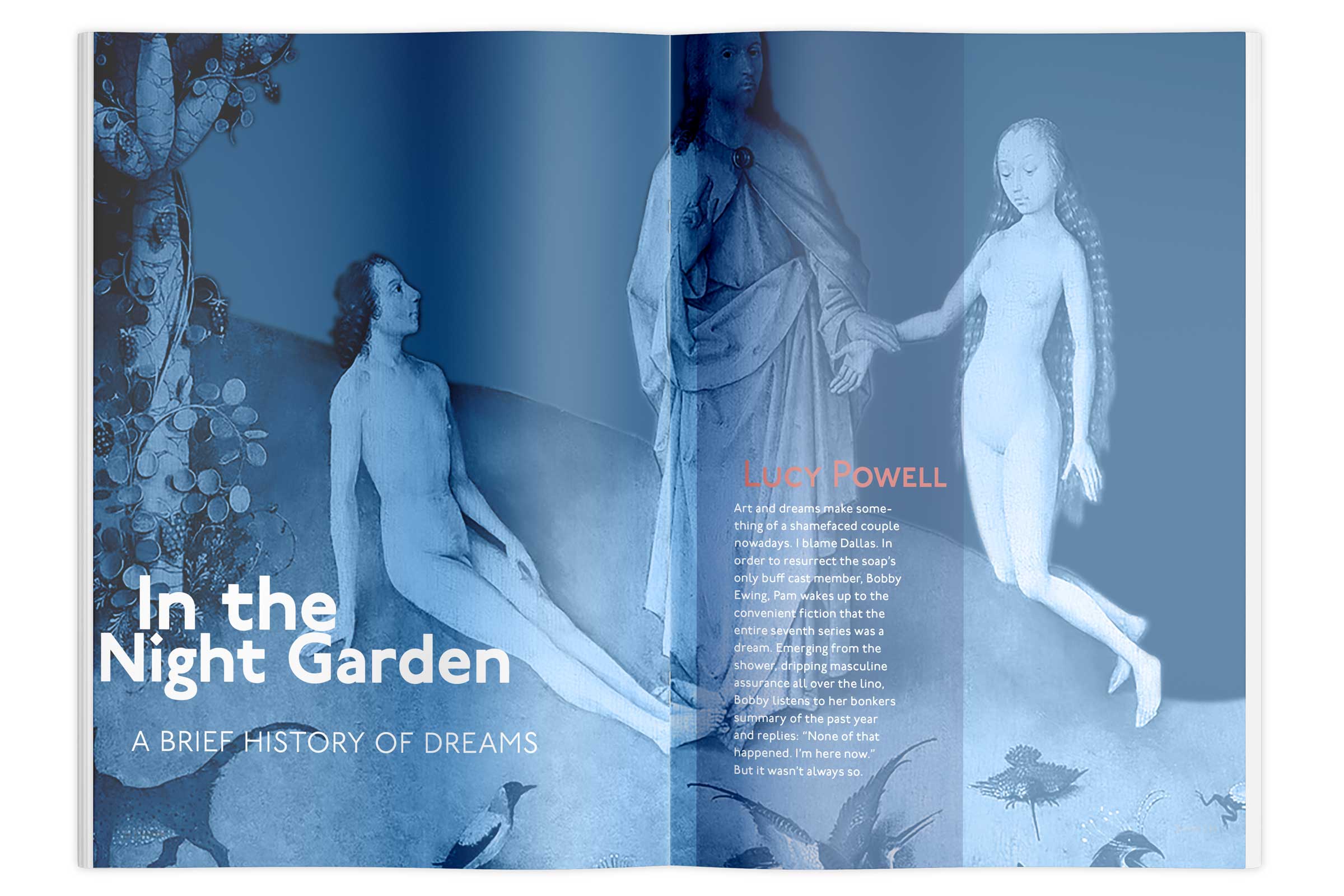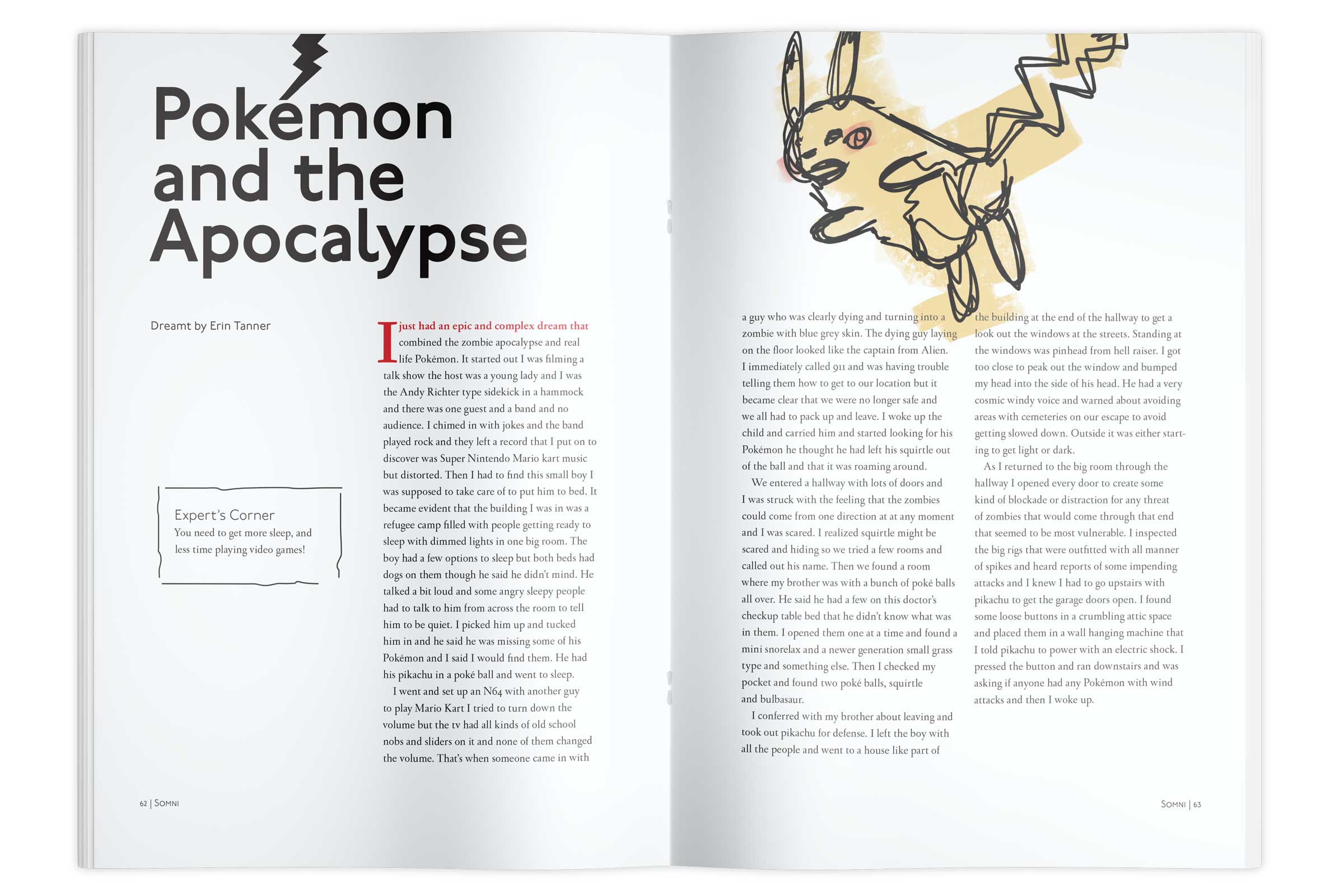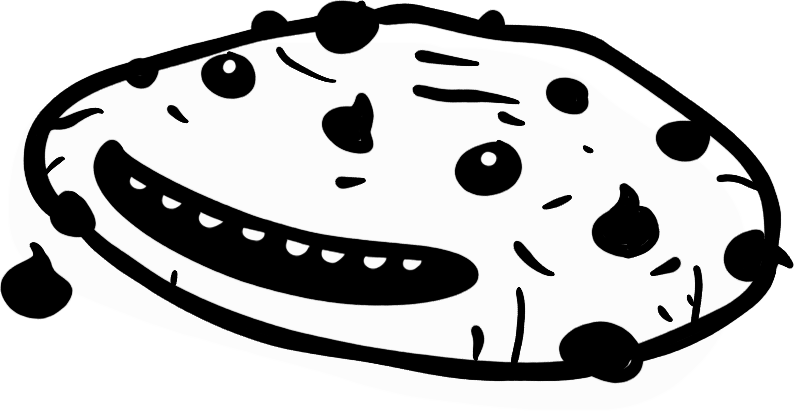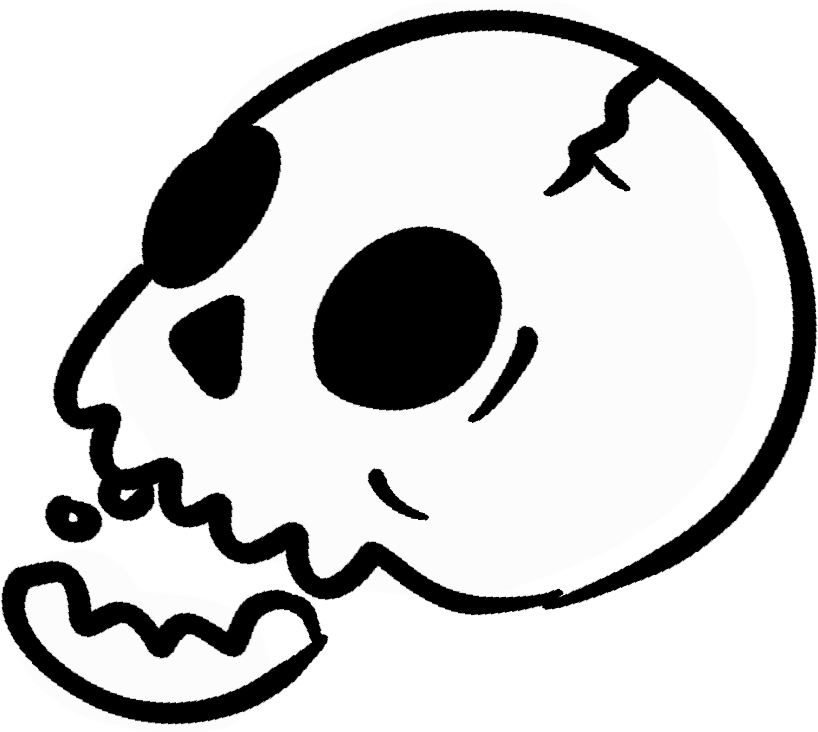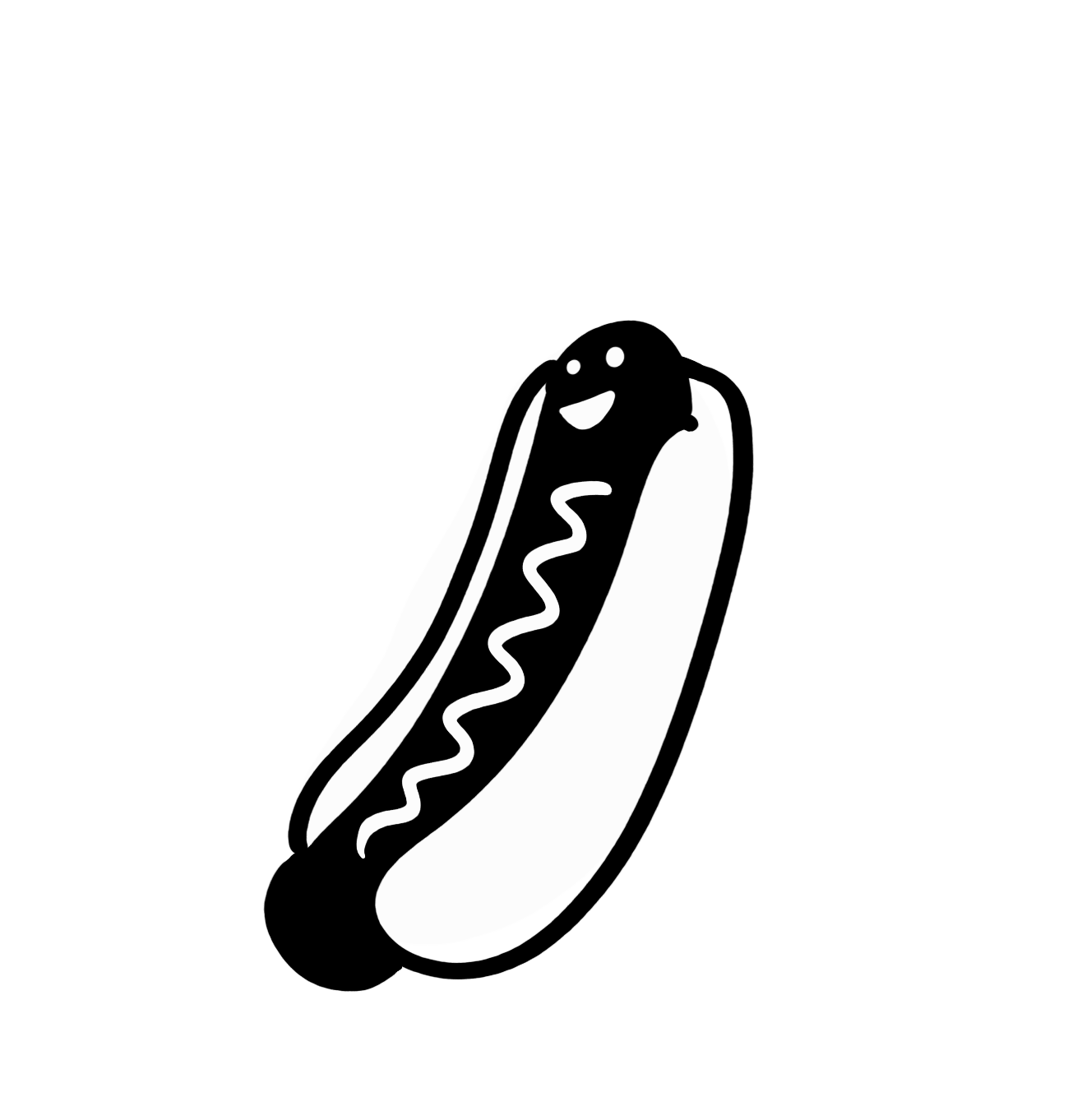Layout/Typography/Design
Timeframe: August - December 2019
Solo Project
Roles:
Skills:
Somni
Dream MagazineTimeframe: August - December 2019
Solo Project
Roles:
- Branding
- Layout Designer
- Illustrator
- Research
- Production
Skills:
- Adobe Illustrator
- Adobe Photoshop
- Adobe InDesign
- Procreate
- Research
- Layout
- Problem-solving
- Time Management
- Typography
- Physical Production

Challenge
With a little over a month of research time and 3ish months for planning and production, I set out to define the audience for such a magazine, determine the scope (I went wide, and looked at as many aspects as dreams as possible) create a tone appropriate for the audience, and curate the content as such. One of the hardest aspects is separating my own ego from the project when needed, but also knowing when to take the liberty to put in content that is dear to me.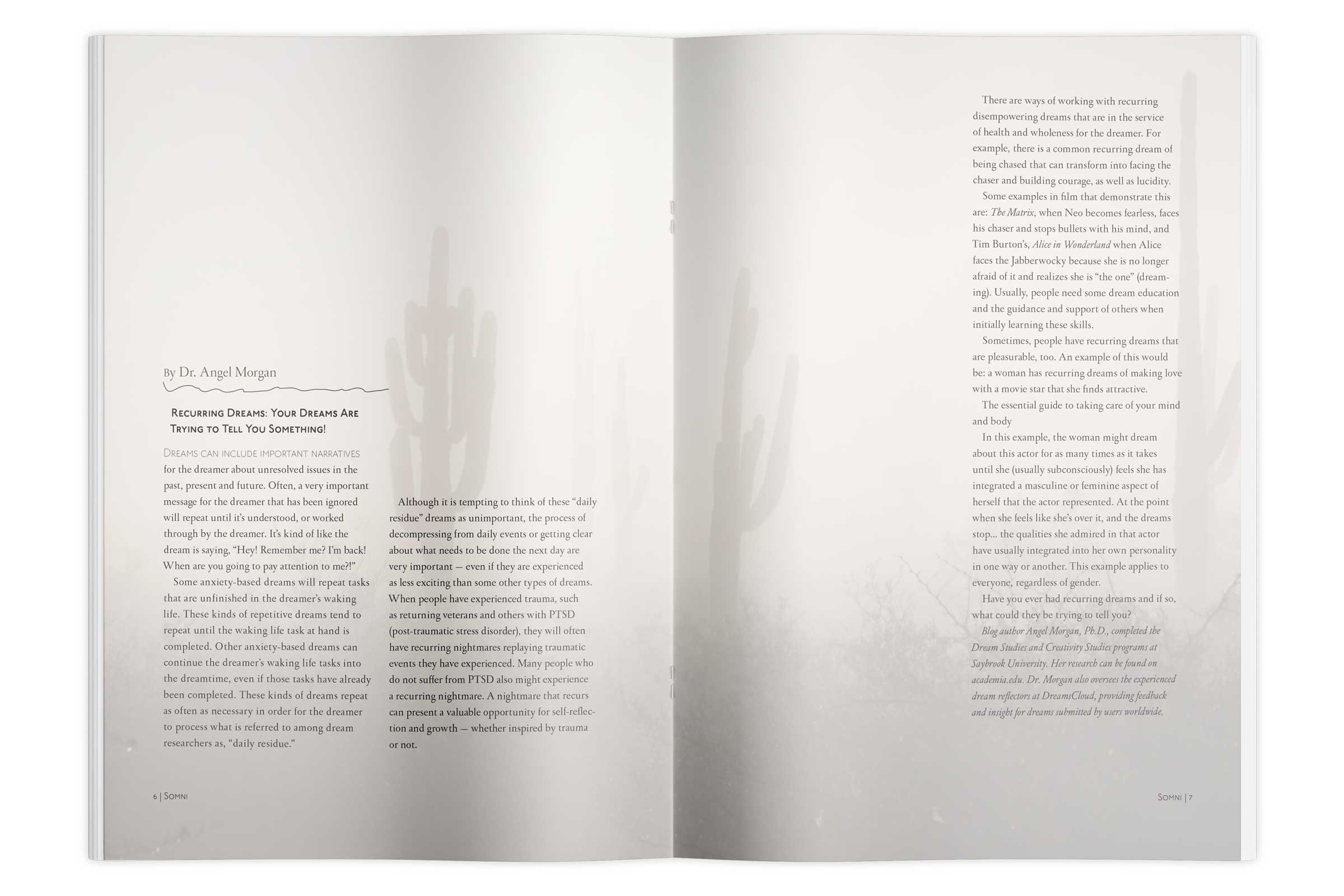
Front of book spread
Background
I chose dreams for my magazine, as they are one of the most personal aspects of our lives; we are always searching for the meaning behind them. Many folks look for answers through astrology, psychology, philosophy or maybe try to just hide from their dreams. I personally have intense, vivid, and memorable dreams, but have yet to have found any meaning to them. There are resources and articles out there to help learn what dreams mean, both spiritually and physically, but they are scattered amongst the depths of the internet and can be an exhausting chore to sort through.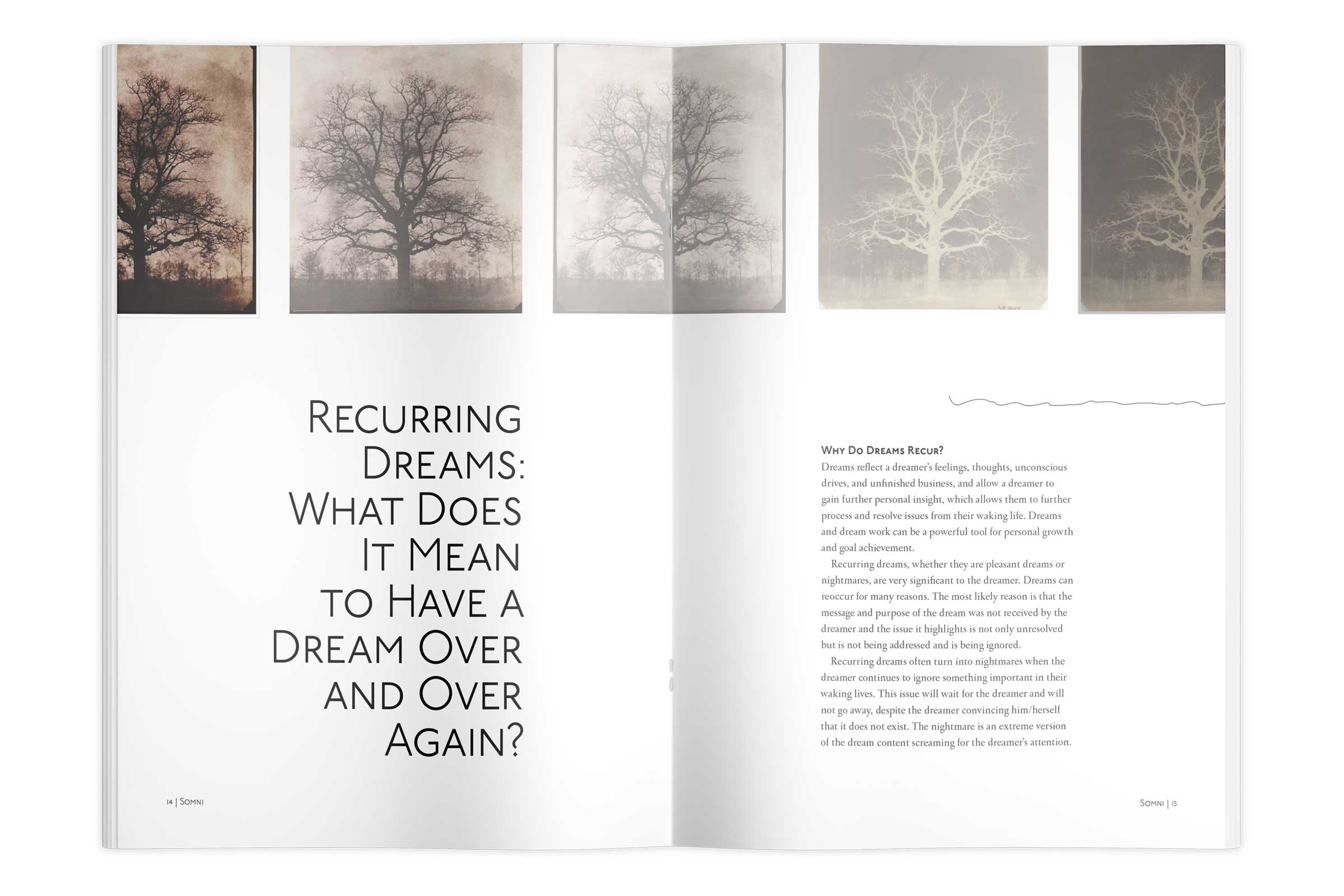 Feature Article on Recurring Dreams
Feature Article on Recurring Dreams
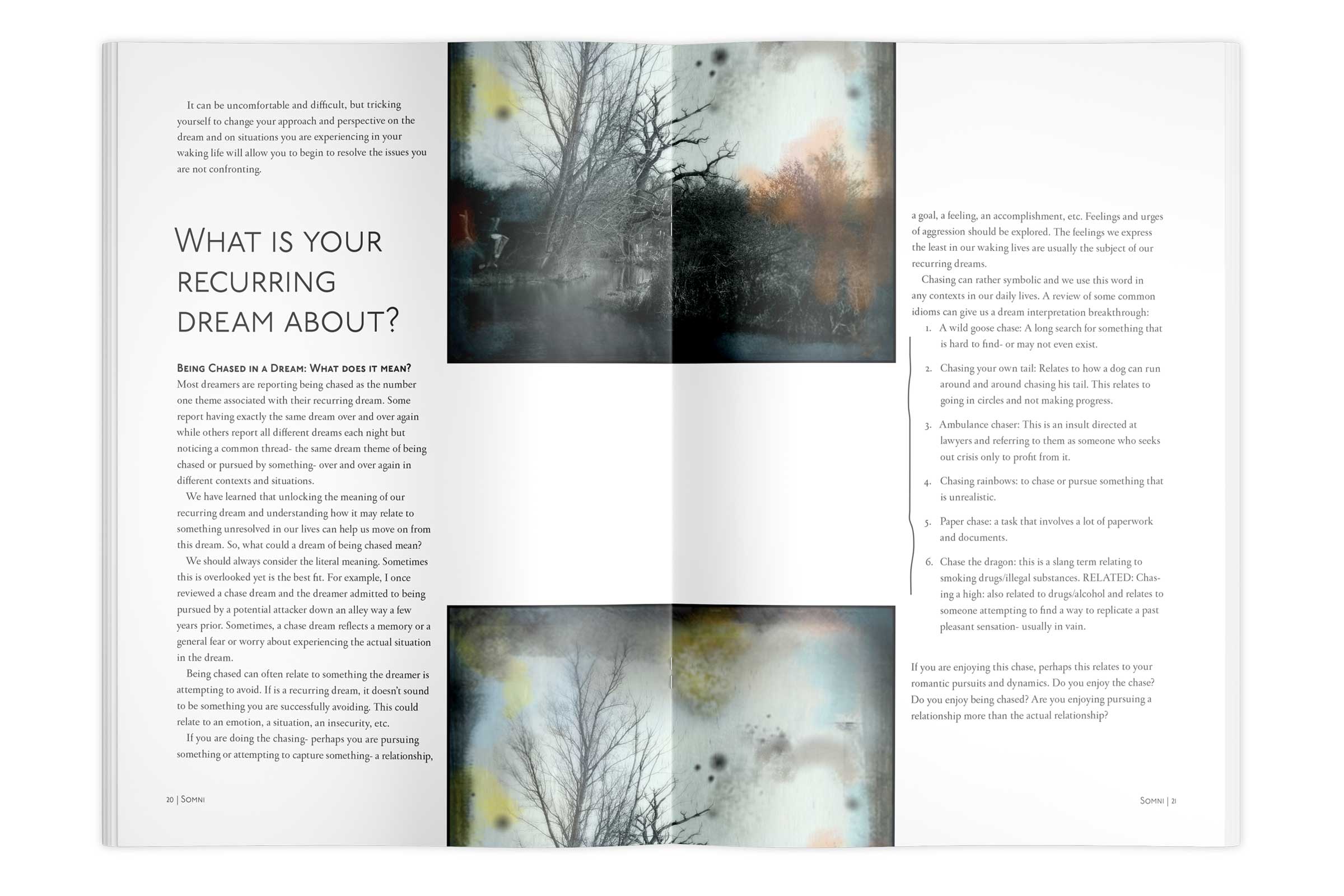
Process
Initially, the project was creating a concept for a magazine by looking at a demographic with a need or desire to read or gather information about something. About a month was spent gathering articles and sourcing images for them (the image sourcing never really ended). The largest period of time was spent defining, building, and filling in the layout and entire publication. I created a brand identity for the magazine – as dreams are fairly ethereal, that was the direction for the concept, muted colors, desaturated colors, and a cloudy feeling throughout.
I also sourced some dreams from actual people for the back-of-book articles, to increase the personal feeling of the magazine, and offer some analysis of them.
The imagery sourced was a wide variety, but I used a lot of old daguerrotypes (especially for the recurring dream articles, I thought the obscurity and translucency really spoke “dream”), foggy atmospheric photos, medical photgraphy, several illustrations by myself, and some internet sourced illustrations.
 Feature article on whales in dreams (Real talk–this is a
Feature article on whales in dreams (Real talk–this is a recurring thing for me, like, especially whale skeletons!)

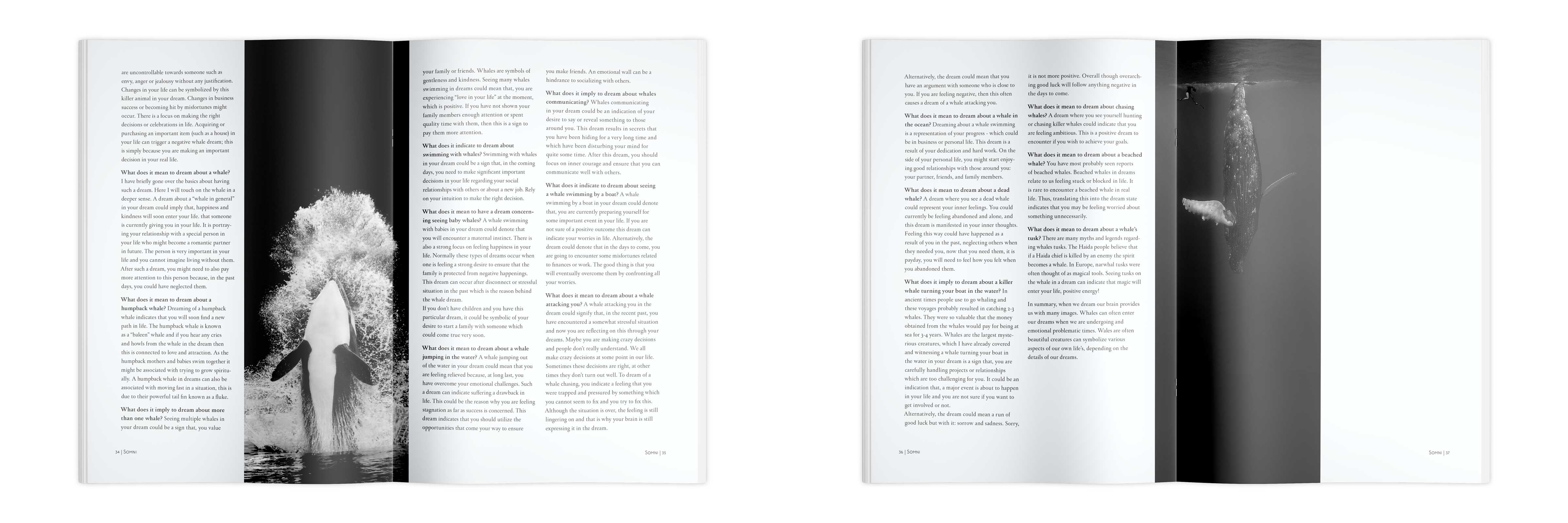
Solution and Reflections
Somni is a magazine that creates a bridge between our scientific and spiritual desires for understanding. It doesn’t lean on either side to heavily and tries to balance the fact that we really don’t know that much about dreams, and the importance of science in actually discovering why we have them in the first place.Looking back on this, this the biggest project I had done, and I felt amazed I had found content that wound up spanning nearly 90 pages. I learned a lot (not just about dreams), the obvious lesson being layout, but really for me it was a lesson in restraint and moderation. I am drawn to bright colors and wild, expressive images, and this taught me how to design an a muted subdued way, hopefully without putting anyone to sleep. Just kidding! I do hope you fall asleep and have amazing dreams while reading it! Wouldn’t that be ironic?
